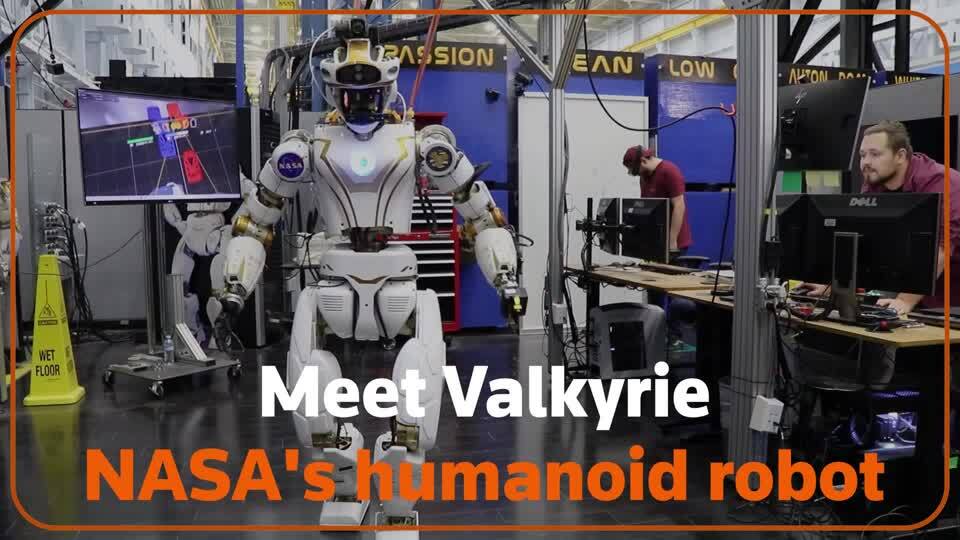
Exploring the Frontier: Humanoid Robots in Space
The allure of space exploration has long been intertwined with the dream of human presence among the stars. However, the inherent dangers, immense costs, and logistical complexities of sending humans into the cosmos have paved the way for a revolutionary alternative: the integration of humanoid robots. These advanced machines, designed to mimic human form and function, are increasingly being deployed to push the boundaries of our reach, performing tasks that are either too hazardous or simply beyond the current capabilities of human astronauts.
Replicating Human Dexterity and Adaptability
A primary advantage of humanoid robots in space is their ability to perform tasks requiring human-like dexterity and adaptability. Designed with articulated limbs, hands with multiple degrees of freedom, and sophisticated sensory systems, these robots can manipulate tools, operate equipment, and interact with their environment in ways that specialized, non-humanoid robots cannot.
- Complex Manipulations: Humanoid robots can perform intricate tasks such as repairing delicate spacecraft components, assembling structures in orbit, or handling scientific samples with precision.
- Environmental Navigation: Their bipedal or multi-limbed locomotion allows them to navigate uneven terrain on planetary surfaces, climb structures, and maintain balance in varying gravitational conditions.
- Tool Use: The design of humanoid robots often incorporates the ability to use standard human tools, greatly expanding the range of repair and maintenance operations they can undertake.
Mitigating Risk and Expanding Mission Scope
The introduction of humanoid robots significantly mitigates the risks associated with human spaceflight and simultaneously expands the scope of achievable missions. By taking on dangerous assignments, these robots protect human lives and allow for exploration of environments that would be otherwise inaccessible.
- Hazardous Environments: Humanoid robots can operate in areas with high radiation, extreme temperatures, or vacuum conditions, performing tasks that would pose severe health risks to humans.
- Extended Duration Missions: Robots do not experience fatigue, require life support, or suffer from the psychological effects of prolonged isolation, enabling them to undertake missions of much longer duration.
- Cost-Effectiveness: While initial development costs can be high, the long-term operational costs of robots are often lower than those for human crews, especially when factoring in life support systems, training, and the extensive safety protocols required for human astronauts.
Future Frontiers: Beyond Earth's Orbit
The evolution of humanoid robotics promises to unlock even more ambitious endeavors, pushing our presence further into the solar system and beyond. As AI and robotic capabilities advance, these machines will become increasingly autonomous, capable of complex decision-making and collaborative operations.
- Autonomous Exploration: Future humanoid robots will likely be able to conduct extensive geological surveys, search for signs of life, and even begin preliminary resource utilization on other planets with minimal human oversight.
- Interplanetary Construction: They could be instrumental in constructing habitats and infrastructure on the Moon or Mars, paving the way for future human colonization.
- Deep Space Operations: The ability to operate in deep space, far from Earth's immediate support, makes humanoid robots ideal candidates for missions to asteroids, moons of outer planets, and potentially even interstellar exploration.
In conclusion, humanoid robots are emerging as indispensable partners in our quest to explore the cosmos. By replicating human dexterity, mitigating inherent risks, and offering enhanced operational capabilities, these advanced machines are not only facilitating current space missions but are also laying the groundwork for a future where humanity's reach extends far beyond its terrestrial home, with robots serving as the pioneers of this new era.